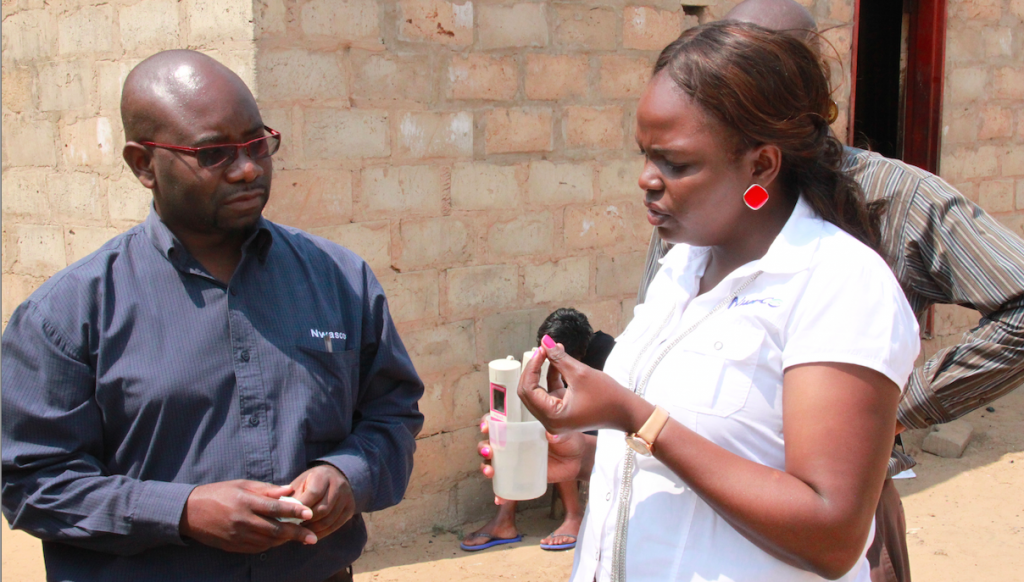A year ago, world leaders handed down an ambitious agenda: 17 Sustainable Development Goals (SDGs) to be successfully completed by 2030. This new global framework puts water at the centre of sustainable development, and presents an unprecedented opportunity for a revolution in water management around the world. Never in human history have governments committed themselves to make such progress on water.
To deliver the promises of the SDGS by 2030 will need a massive effort. Discussions on what is needed have mainly focused on financial needs, and who will pay. Success will require major investments, but also new policies, regulations and institutions, new infrastructure and technologies. Perhaps more than anything, it will require people &ndash newly trained, or retrained, professionals to govern, manage and deliver water-related services.
Herculean effort needed
Let me give an example of the size and scale of the challenge. Today, 80% of wastewater goes untreated into nature where it s health, environmental and climate-related hazards. The SDGs demand we halve the amount of untreated wastewater. During the same period the global population is estimated to rise to 8.5 billion people. Our task is to provide wastewater treatment to another 3.5 billion people by 2030.
This means in the next 14 years we need to build new wastewater treatment facilities for 700,000 people every day. That requires roughly 14 million new wastewater professionals trained during the same period, or 1 million every year.
This doesn&rsquot even include the human resources and capacities needed for delivering the rest of SDG 6, or the water-related targets of the other SDGs. Simply put, the task ahead of us is nothing less than Herculean, on a scale that the water sector has never confronted before.
Coordinated international action is needed to get the capacities in place to deliver the SDGs. There is no time to sit back. We must hurry if we are to keep pace not just with the targets set by governments, but if we are also to meet the rising expectations of billions of global citizens.

Staff from Zambian Water utility, NWASCO
What, then, are the major challenges and opportunities for human resources needed to achieve the SDGs?
1. The number of professionals that need to be educated and trained is unparalleled. We have to start now.
We know shockingly little about the human resource capacities required to tackle the challenges related to water. The results of an IWA study between 2009 and 2014 show that, for most countries, even the baseline status quo of human resource capacity in the sector is unknown.
It is critical that we strengthen the evidence base that delivers reliable data to build and evidence-based human resources policy and programme strategy.
2. We know little about current water professionals: their numbers, their skills, their capacities. A clear base line is needed.
Our lack of knowledge is a major concern, and a barrier to effective future planning. The IWA&rsquos research in fifteen countries in Africa and Asia shows that the human resource base is under-sized its composition is unbalanced and gender-biased. Educational systems that should supply well-trained professionals are dysfunctional or not connected to real needs.
3. Current human resources and educational systems are grossly insufficient to deliver the SDGs water agenda.
Faced with wildly different circumstances, we need nuanced approaches. In the Philippines, education and training systems provide a good supply of water and sanitation professionals, but most seek employment abroad. In Ghana, a lack of environmental engineering education programmes results in a severe shortage of sanitation professionals.
The water sector needs an increasingly diverse work force, expanding the range of technical and professional staff. Sri Lanka, for example, requires an estimated 600% increase in social development and hygiene personnel to achieve universal water and sanitation coverage.
4. There is no blanket approach to capacity development at scale. We need country-by-country tailored solutions.
Human resource deficiencies are also about poor levels of staff knowledge, skills and experience. There is a major disconnect between the focus and scope of education and training programmes and needs of the sector. Professional updating and on-the-job training are critical.
In countries like Niger and Burkina Faso, under-qualified technicians provide urban water and sanitation services. As a result, services don&rsquot meet the required standards. In Papua New Guinea the courses offered to plumbers, construction workers, and financial administrators, don&rsquot reflect the demands placed on professionals to effectively perform their functions.
5. Water and sanitation-related education and training must be tailored to the skills, knowledge and know-how required in water supply operations.
Connecting the practical needs of the sector with education and training courses will help deliver an overall capacity development strategy that works. Only then can we hope to dramatically accelerate capacity development to deliver the SDGs.
Investing in infrastructure is money down the drain if it&rsquos not accompanied by proportionate investments in human resources to design, expand, operate and maintain that infrastructure.
The critical actions we need to take as a matter of urgency include:
Creating the evidence base to underpin investments in human resources. We need concerted action at national, regional and global level to collect relevant human resources data. We also need to connect this new information to HR capacity action plans and strategies.
We need to innovate our education and learning systems and practices. It takes time to develop a professional workforce. But we have limited time and need strong collaboration to learn from one another, and drive innovation.
We have to develop national level HR strategies and use best practice in HR management.Countries need long-term, national action plans for HR capacity. This requires coordinated action at national level by ministries, education and training institutes, non-governmental and international professional associations. Water sector organisations urgently need to profile the sector as an attractive employer.
For more information, see the link: http://www.iwa-network.org/five-solutions-to-avoid-a-water-sector-human-resources-crisis/
|